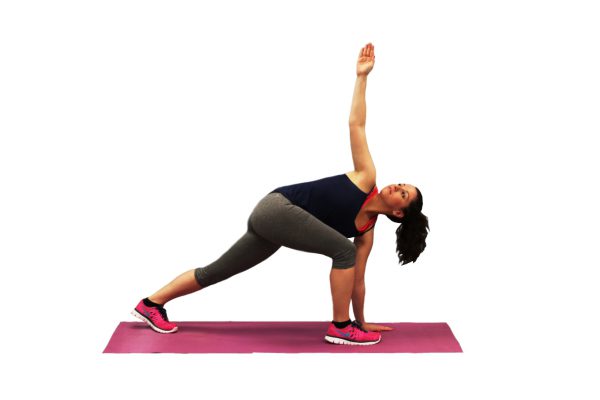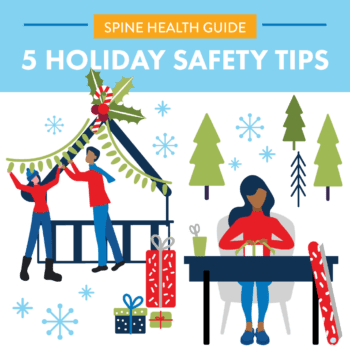
Core Exercises
A healthy spine is an essential aspect of a happy, healthy, pain-free life. Spinal health is a culmination of one’s core strength, stability, mobility, and alignment. Core strength has recently become a bit of a buzz word in the fitness industry, but what exactly is the core and how can you strengthen it? Unfortunately, core strengthening is not as easy as cranking out a bunch of crunches in an effort to get that six-pack ready for the summertime. It is important to visualize the human body as a three-dimension functional unit, as each part of our kinetic chain affects the rest of our body. The spine and the numerous muscles that support it are essential for our posture, balance, and functional strength. The core is essentially made up of the deep intrinsic abdominal muscles, the muscles along the spine (spinal erectors), the muscles of the pelvis, and the gluteal (buttock) muscles.
Think of the muscles of your trunk and spine as being analogous to the supporting wires of a sailboat mast. If the mast does not have adequately strong supporting wires, it will be weak, flimsy, and the entire structure will be unable to withstand the forces of the wind in the sails. The muscles that surround the spinal column serve a similar purpose in core strength and spinal health. The muscles of your core help balance the spine during normal daily activities and exercise and prevent the weight of your body from being carried by the spine in a harmful way. The stronger and better conditioned these muscles are, the more support there is for your spine, which results in better distribution of the loads that your spine must carry during daily life.
To take this analogy a step further, imagine if the wires on the front of the sailboat mast were set tighter than the back. The mast would be pulled forward, changing the entire structure and causing weakness and vulnerability to damage and breakage. Now, apply this scenario to your body. Back pain is often caused by an imbalance in strength and alignment of the fronts of our bodies, or the anterior kinetic chain, and the backs of our bodies, the posterior kinetic chain.
In our modern society, there are two primary causes of this type of imbalance. The first cause is a sedentary lifestyle, including long periods of sitting at a desk, hunching forward to see a computer, driving in a car and leaning forward into the steering wheel, and even cumulative time looking down at a cell phone or tablet. This type of repetitive, internally-rotated posturing teaches the muscles of our anterior chain (the front of the neck, chest, abdominal wall, and hip flexors) to constantly be in a shortened, tight, and limited range of motion. When the anterior chain is consistently tight, the posterior chain (the other side of our sailboat mast) will be lengthened and weakened, leading to a neuromuscular imbalance, or the inability of the brain to properly send signals to the important muscles that support our spine. The other common cause of such an imbalance is overtraining the abdominal wall and hip flexors, as can be seen in repetitive forward-motion athletes (such as runners and bikers) and the six-pack-hungry, 200-crunches-a-day enthusiasts. Overtraining one side of our body, in one plane of motion, places great stress on our spine and makes us vulnerable to weakness, pain, and spinal injury.
Now that you understand the importance of core strength, alignment, mobility, and stability to maintaining good spinal health, let’s introduce a few of the best exercises to strengthen your core. This series of exercises will cover the basics and progress in level of difficulty. These exercises work on the mobility of the lumbar spine and pelvis and the ability of the deepest layer of the abdominal muscles (transverse abdominals), to stabilize the spine, the flexibility of the hamstrings and lumbo-pelvic hip complex, and the strength and neuromuscular coordination between all of the muscles of our core.
Bird Dog
Start by stacking your hands under your shoulders and knees under your hips, while keeping your head, neck, and back straight. Raise your right arm and reach it forward until it is in line with your torso. As you bring your arm forward, kick your left leg backwards until it is straight and in line with your torso. Hold for one second. Slowly bring your arm and leg back to the ground and repeat with the opposite arm and leg. Read the entire article from the Spring 2014 Journal.
Read the entire article from the Spring 2014 Journal.
Melissa Treat, RN, BS, CPT


